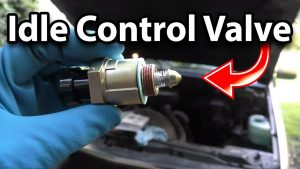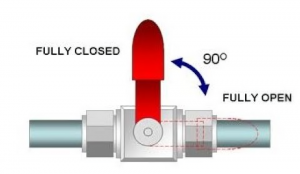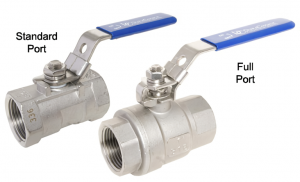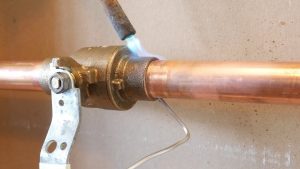Working Principle Of Ball Valve
The ball valve is a valve which uses a ball with a circular channel as the opening and closing parts, and the ball rotates with the valve rod to realize the opening and closing action. The opening and closing part of the ball valve is a ball with holes, which rotates around the axis perpendicular to the channel, so as to achieve the purpose of opening and closing the channel. The ball valve is mainly used to open and close pipes and equipment media.
Ball valve is evolved from plug valve. It has the same 90 degree rotation lifting action, the difference is that the plug body is a sphere, with a circular through-hole or channel through its axis. The ratio between the sphere and the passage port should be such that when the sphere rotates 90 degrees, the sphere should be present at the inlet and outlet, so as to cut off the flow. The ball valve can be closed tightly only with 90 degree rotation operation and small rotation torque. The completely equal inner cavity of the valve body provides a small resistance and straight passage for the medium.
It is generally believed that the ball valve is the most suitable for opening and closing directly, but in a recent development, the ball valve has been designed to throttle and control the flow. The main features of the ball valve are compact structure, easy operation and maintenance, suitable for general working media such as water, solvent, acid and natural gas, and also suitable for media with poor working conditions, such as oxygen, hydrogen peroxide, methane and ethylene. The ball valve body can be integral or combined.












